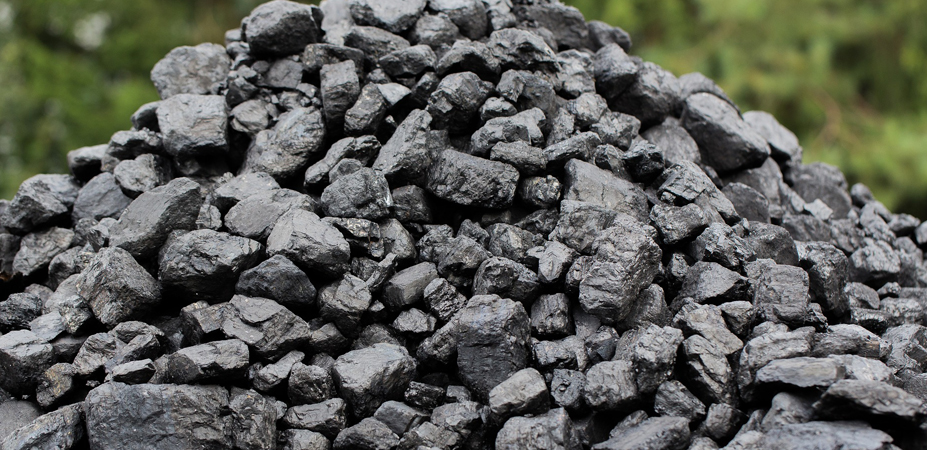
If we want higher carbon prices to incentivize projects that reduce carbon emissions, the latest auction in the United States’ only mandated carbon market — the Regional Greenhouse Gas Initiative — wasn’t good news. The price of a ton of carbon dioxide equivalent fell from $3.23 in June to $2.19 this month. Why?
- Utilities are struggling with the recession’s impact on electricity demand, …
- … fuel switching from coal to natural gas has gotten easier given that the latter is the cheapest it has been in five years, and …
- … the RGGI is providing more allowances than demanded by the market (a la the European Emission Trading System in its early years).
Nevertheless, there is cause for cheer:
… RGGI authorities … hailed this week’s sale and the one-year run of the regional cap-and-trade effort as a success. … “Trading volumes … now match volumes in other established carbon markets, such as the Kyoto Clean Development Mechanism,” RGGI’s executive office … said …. Since the start of RGGI one year ago, the allowance auctions have generated almost $433 million for state coffers. RGGI officials report that to date, more than 100 bidders have participated in the sales, and every major power plant in the Northeast is now reporting its CO2 emissions on a quarterly basis to the program.
As an aside, it is interesting to see how much of an impact verification processes can have on carbon prices. The CDM credits trade at a significant premium (at least 25%, sometimes, 200%) to those from other exchanges. More in this report on the state of voluntary carbon markets authored by Ecosystem Marketplace and New Carbon Finance.



















